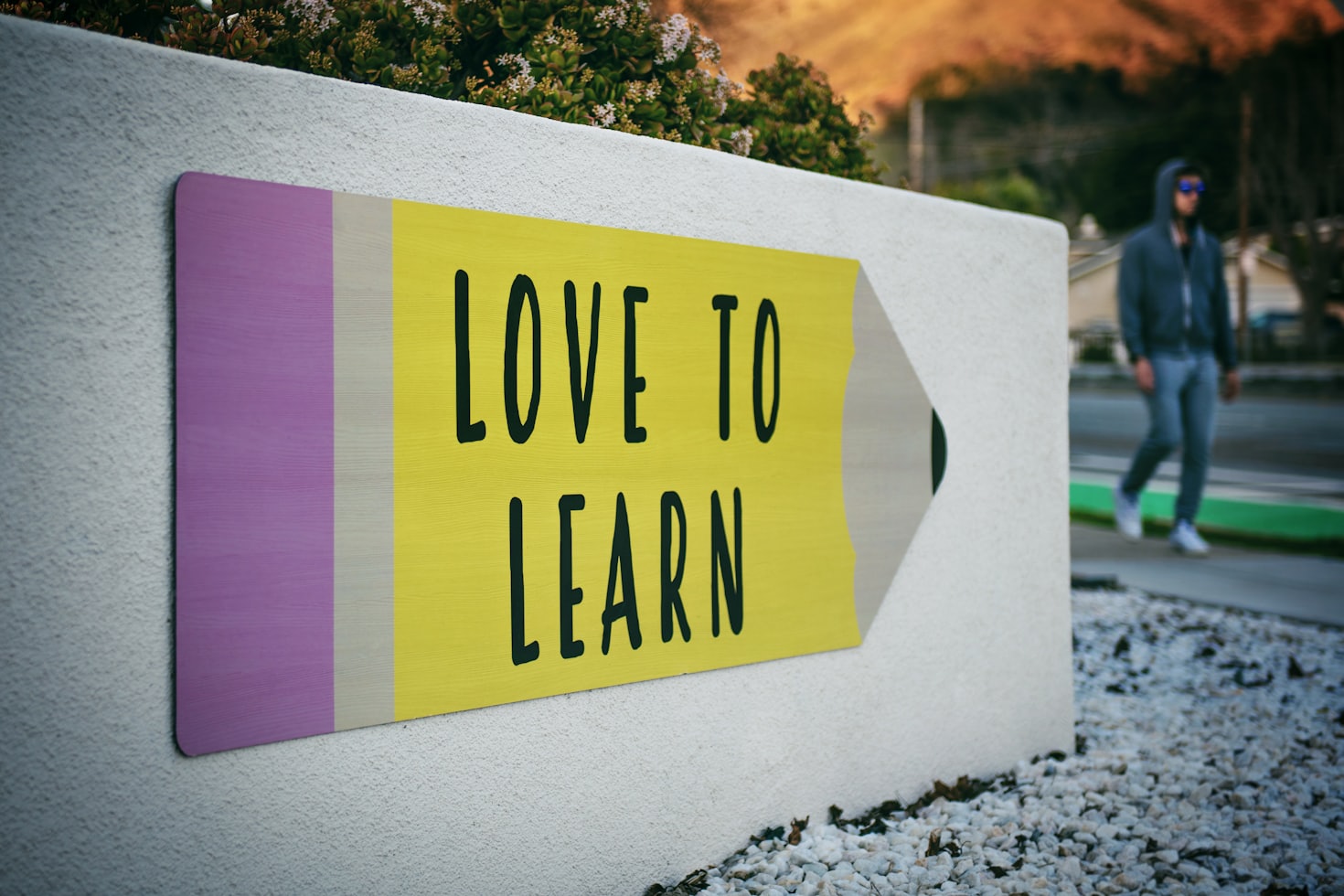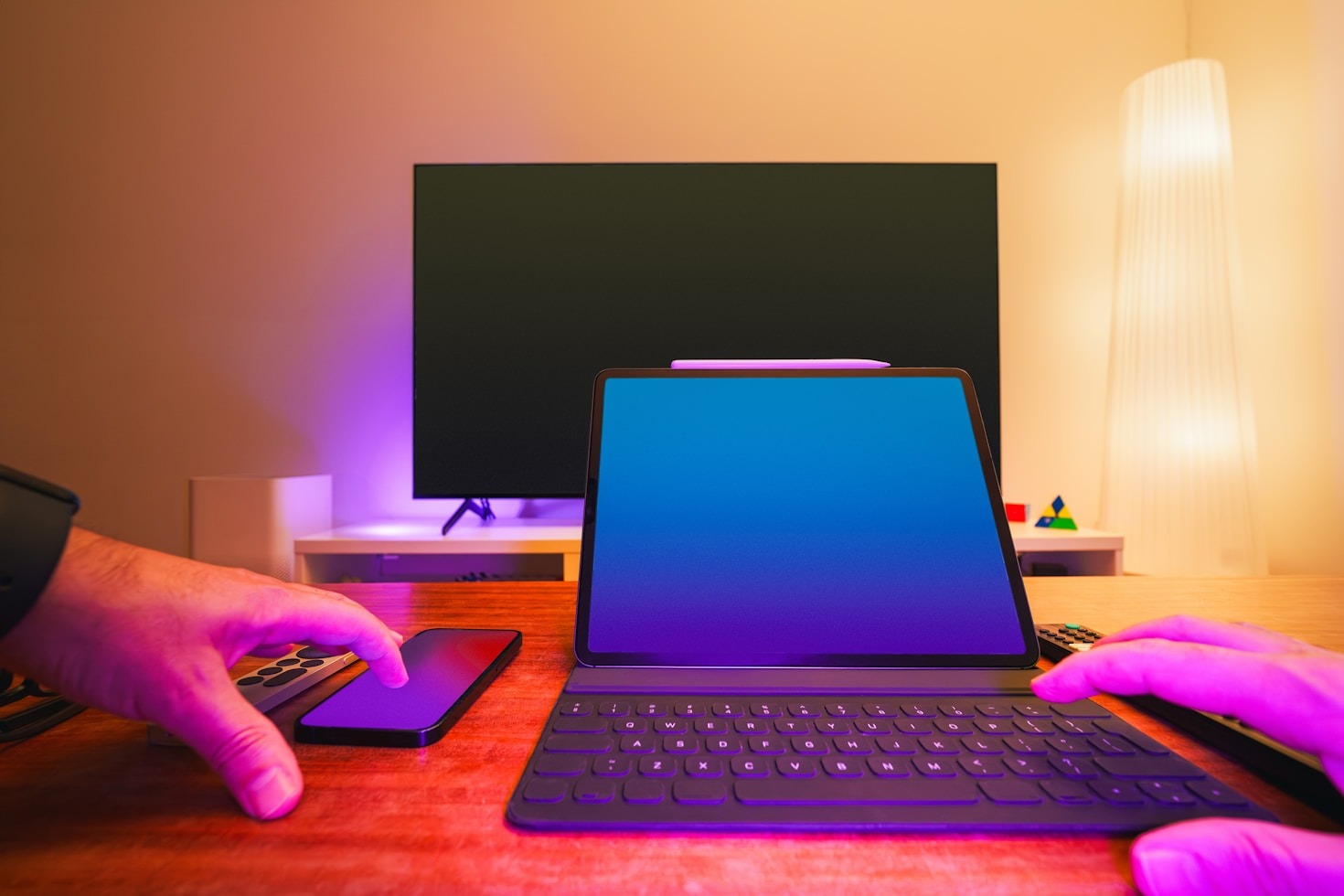In today’s rapidly evolving educational landscape, interactive tools have become essential in enhancing the learning experience. These tools not only make learning more engaging, but also cater to different learning styles, ensuring that all students have the opportunity to succeed.
One of the most effective interactive tools is virtual reality (VR). By immersing students in a 3D environment, VR can bring complex concepts to life, whether it’s exploring ancient civilizations or understanding the intricacies of the human body. This immersive experience can significantly improve retention and understanding.
Another powerful tool is gamification, which incorporates game elements into learning, making learning fun and competitive. This approach increases motivation and engagement, as students strive to achieve high scores and earn rewards.


Online collaboration tools such as Google Workspace and Microsoft Teams facilitate teamwork and communication. Students can work together on projects in real-time, share resources, and provide feedback, fostering a collaborative learning environment regardless of physical location.
Augmented reality (AR) is also gaining traction, overlaying digital information onto the physical world. Apps that use AR can transform textbooks into interactive experiences, allowing students to visualize and manipulate objects, which enhances their understanding of abstract concepts.
Finally, personalized learning platforms offer adaptive learning paths tailored to individual needs. These platforms analyze student performance and adjust the difficulty and type of content accordingly, ensuring that each learner progresses at their own pace.
Incorporating these interactive tools into the educational process not only enriches the learning experience but also prepares students for a future where digital literacy is paramount. As technology continues to advance, the possibilities for enhancing education are limitless, promising a more engaging and effective learning journey for all.

